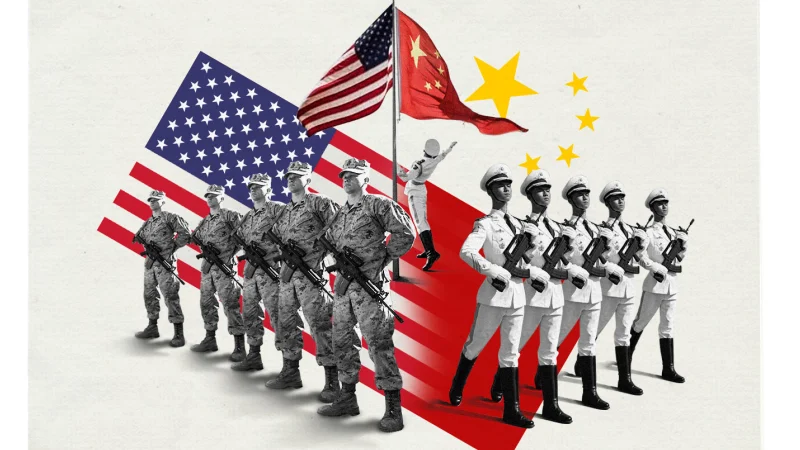Tensions between the United States and China are rising again, this time centered around the South China Sea. The latest clash adds fuel to a long-burning dispute over territory, military dominance, and international law.
This isn’t just a diplomatic scuffle. When the US and China clash in South China Sea, it has ripple effects across Asia and the world.
What Sparked the Latest Confrontation?
Last week, a US Navy destroyer conducted a “freedom of navigation” operation near the disputed Paracel Islands—an area China claims as its own. China responded quickly by sending military jets and maritime militia vessels to shadow the US ship.
The US says it’s enforcing international law. China says it’s defending its sovereignty.
This has become a pattern: the US asserts freedom of navigation; China counters with military displays. It’s a high-stakes game in crowded waters.
Why the South China Sea Matters
Here’s why this matters to more than just military analysts:
- Trade routes: Around $5 trillion worth of trade passes through the South China Sea every year.
- Territorial claims: China, Vietnam, the Philippines, Malaysia, Brunei, and Taiwan all claim parts of it.
- Resources: The region is believed to have vast oil and gas reserves, plus rich fishing grounds.
When the US and China clash in South China Sea, it raises the risk of a miscalculation that could spark a broader conflict.
Military Maneuvers on Both Sides
China has built artificial islands and installed missile systems across the region. It also deploys coast guard and militia ships aggressively. The US, meanwhile, keeps a regular naval presence and conducts joint exercises with allies like Japan and the Philippines.
Recently, both nations have stepped up aerial surveillance and patrols, bringing their militaries into closer contact—and higher risk.
What’s at Stake for the Rest of the World?
The US and China clash in South China Sea isn’t just about power projection. It’s a test of international norms and alliances.
If the US backs off, it could weaken the credibility of its commitments in Asia. If China continues its expansion unchecked, it could reshape the regional order in its image.
The rest of the world—especially Southeast Asian countries—watches closely, caught between economic ties with China and security relationships with the US.
What Happens Next?
Nobody wants a war. But accidents can happen, especially when military ships and jets operate in tight spaces with little communication.
The best-case scenario? Cooler heads prevail, and diplomatic channels stay open. But given the recent history, don’t expect things to calm down any time soon.
As the US and China clash in South China Sea, the world waits—and watches.



